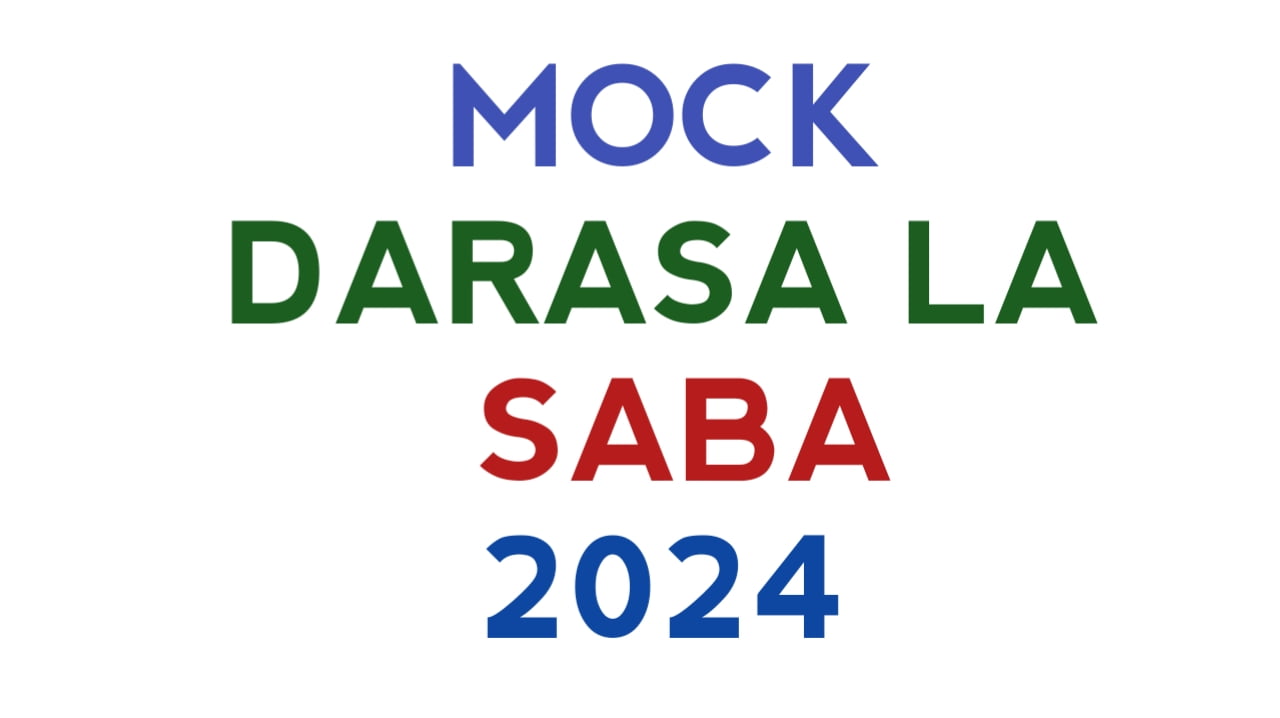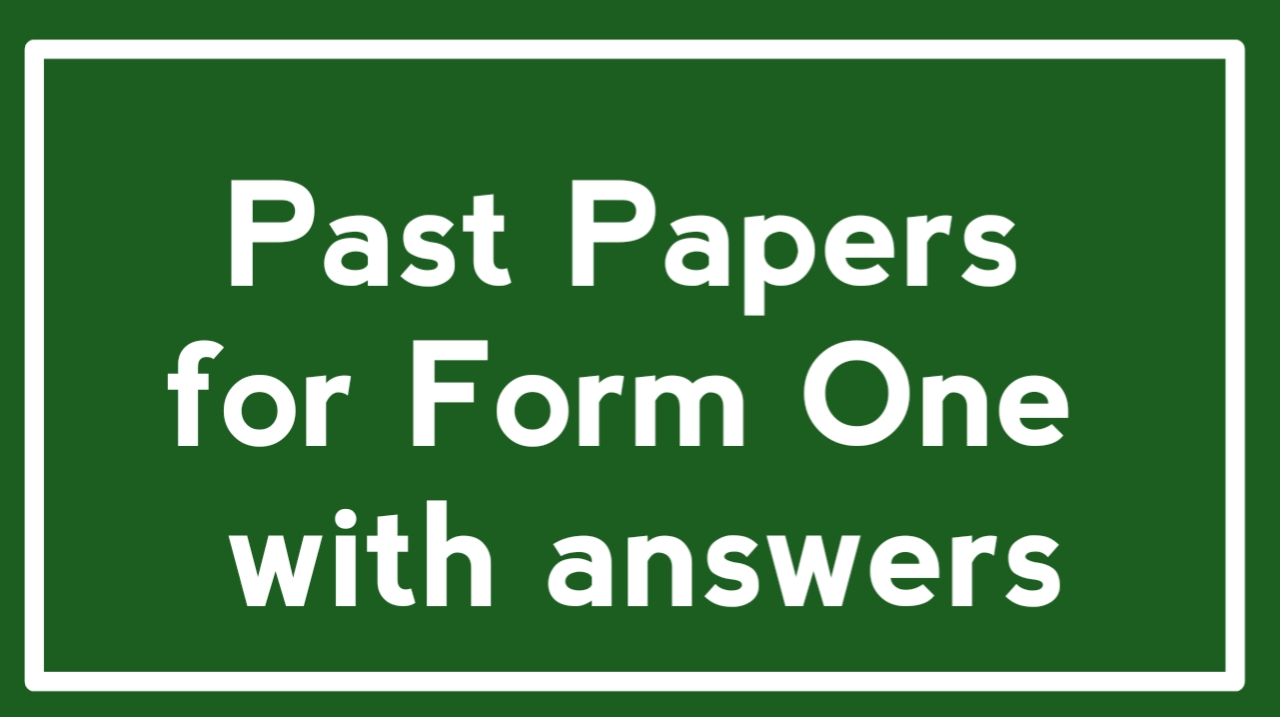Get here pdf of Physics form one Question.
Physics is a fascinating subject that delves into the fundamental principles governing the natural world. For many students, Physics Form One represents the exciting first step into this intricate and often mysterious realm. Whether you’re a student embarking on this journey or someone interested in revisiting the basics, this post will provide an overview of what you can expect from Form One Physics and why it’s an essential part of your scientific education.
Form One Physics typically marks the beginning of formal physics education in many secondary school curricula. It is designed to introduce students to the fundamental concepts of physics and lay a solid foundation for more advanced topics in later years. The course generally covers basic principles and helps develop critical thinking and problem-solving skills through practical and theoretical exploration.
DOWNLOAD HERE PHYSICS FORM ONE QUESTIONS
Key Topics Covered
Measurement and Units:
Introduction to Physical Quantities: Students learn about different types of quantities such as length, mass, and time.
Units of Measurement: Emphasis is placed on understanding units of measurement like meters, kilograms, and seconds, and how they are used in scientific experiments.
Conversion and Accuracy: Students practice converting between units and appreciate the importance of accuracy and precision in measurements.
Kinematics:
Motion: The course introduces the concept of motion, including speed, velocity, and acceleration.
Graphs of Motion: Students learn to interpret and create graphs that represent different types of motion, providing a visual understanding of these concepts.
Forces and Newton’s Laws:
Understanding Forces: The basic types of forces, such as gravitational, frictional, and applied forces, are explored.
Newton’s Laws of Motion: Students are introduced to Sir Isaac Newton’s three laws of motion, which are foundational for understanding how forces affect objects in motion.
Energy and Work:
Types of Energy: The course covers different forms of energy including kinetic and potential energy.
Work and Power: Students learn the concepts of work and power, and how energy is transferred and transformed in physical processes.
Simple Machines:
Introduction to Simple Machines: Basic machines such as levers, pulleys, and inclined planes are discussed.
Mechanical Advantage: The concept of mechanical advantage and how simple machines make work easier is explored.
Waves and Sound:
Basic Properties of Waves: Students learn about wave properties such as wavelength, frequency, and amplitude.
Sound Waves: The nature of sound as a wave phenomenon is introduced, including how sound travels and is perceived.








Leave a Reply